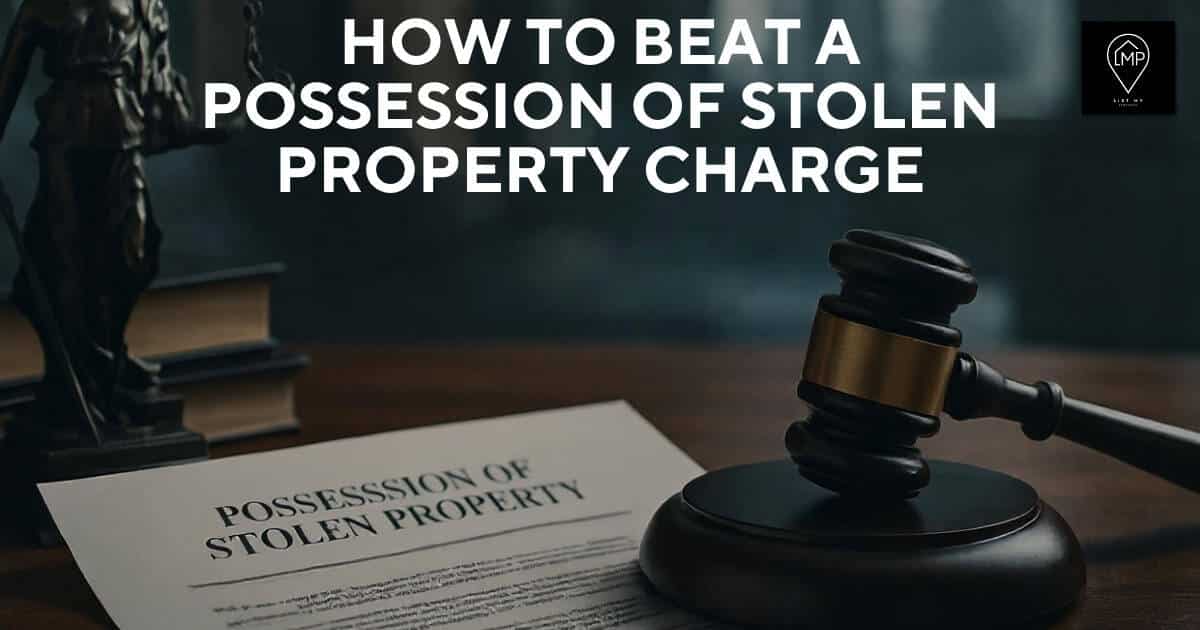Imagine securing prime commercial space without the massive upfront costs of traditional buying, while building equity toward full ownership. That’s the power of rent to own commercial property a flexible financing model that’s revolutionizing how businesses approach real estate in 2025.
This in-depth guide covers everything from basic mechanics to advanced strategies, including how to rent to own commercial property, finding options near me, and using a commercial rent to own property agreement template. Drawing from the latest 2025 commercial real estate reports (like those from CBRE and Deloitte), it fills gaps in competitor articles – such as detailed case studies, updated tax rules, and AI-driven market predictions to help you make informed decisions.
Whether you’re a startup or established firm, this article provides actionable insights to outperform traditional leasing or buying, potentially saving thousands while securing your business’s future.
Table of Contents
What Is Rent to Own Commercial Property? A Modern Path to Ownership
Rent to own commercial property blends the stability of leasing with the long-term benefits of ownership. In this model, a tenant enters a lease agreement that includes an option to purchase the property at a predetermined purchase price. Unlike standard commercial lease arrangements, portions of monthly rent often count as rent credit toward the purchase price, creating a path to property ownership for business owners who might not qualify for immediate mortgages.
According to the 2025 CBRE Commercial Real Estate Outlook, lease-to-own deals have surged 25% year-over-year, driven by rising interest rates and economic uncertainty. This structure allows tenants to “test drive” the space – assessing foot traffic, operational fit, and market conditions – before committing to buy the property. It’s particularly appealing for small businesses, as it minimizes initial capital outlays while building equity.
The core question – is there a rent to own for commercial properties? – has a resounding yes. From retail spaces to warehouses, these agreements are adaptable, but success hinges on clear terms. Business owners should note that while tenants gain the right to purchase, they’re not obligated to buy the property, offering flexibility in volatile markets.
How Does Lease to Own Work on Commercial Property? Step-by-Step Breakdown
The Basic Structure of a Lease-to-Own Agreement
A lease-to-own commercial agreement starts with negotiating the lease term, typically 3-5 years, during which the tenant occupies the space as a renter. The landlord receives steady rental payments, while the tenant pays an upfront non-refundable option fee – often 2-5% of the purchase price – to secure the right to buy. At the end of the lease term, the tenant can purchase the property using accumulated rent credit credited towards the purchase price.
This setup differs from residential rent-to-own by incorporating commercial-specific elements like net lease responsibilities, where tenants often handle property taxes, insurance, and maintenance. A 2025 Deloitte report shows 40% of such deals include rent credit of 10-20% per payment, helping tenants build toward ownership without traditional financing hurdles.
Lease-to-own agreements offer predictability: the future purchase price is locked in, shielding tenants from market spikes. However, if the tenant decides not to purchase, they forfeit the option fee and credits, emphasizing the need for thorough due diligence.
Key Differences Between Lease Option and Lease Purchase
Understanding lease option and lease purchase is crucial. A lease option gives the tenant the right to purchase the property but no obligation – ideal for those testing the waters. The tenant has the option to exercise the purchase option at the end of the lease, but walking away only costs the non-refundable option fee.
In contrast, a lease purchase binds the tenant to purchase the property at the end of the lease term, functioning like an installment sale. This type of lease suits committed buyers but carries more risk if finances change. The 2025 SBA Small Business Lending Report notes lease options comprise 70% of commercial deals, as they provide escape clauses without penalties beyond lost fees.
Both structures require a solid lease agreement with an option, but lease purchase agreements often include stricter terms on property management and repairs. Business owners should weigh these against their business objectives to choose wisely.
Pros and Cons of Lease-to-Own Commercial Property: A Balanced View
Benefits for Business Owners and Tenants
What is the benefit of rent to own commercial property? Primarily, it creates a low-barrier entry to owning commercial property to rent or operate from. Tenants can secure a property without large down payments, using time to improve credit and save. The lease option gives control over prime locations, potentially at below-market rates if values rise.
Lease-to-own agreements build equity through rent payment credits, turning expenses into investments. For instance, in a five-year lease, 15% credits could accumulate $50,000+ toward purchase, per 2025 market averages. This path to property ownership for business owners also allows testing business viability before full commitment.
Moreover, agreements allow tenants to invest in the property through improvements, enhancing value for eventual ownership. Lease-to-own agreements offer tax advantages too, with deductible rent portions while preparing for ownership deductions like depreciation.
Potential Drawbacks and Risks to Consider
The cons of lease-to-own commercial include higher monthly rent due to embedded credits and fees. If the tenant can’t exercise the option, they lose the non-refundable option fee and accumulated credits – a risk amplified in economic downturns.
Property values fluctuations pose challenges: if the market value of the property drops below the option price, tenants might overpay or forfeit investments. Common risks for landlords in lease-to-own contracts include tenants defaulting, leaving properties unoccupied.
Overall, pros and cons of lease-to-own balance flexibility against uncertainty. Tenants must assess if elevated costs align with long-term goals, especially in volatile markets.

How to Beat a Possession of Stolen Property Charge: Expert Guide 2025

Property Tax Appeal Attorney: Cut Your Tax Bill by 30%+ (2025 Guide)

Commercial Property Law Made Easy: The 2025 Guide for Landlords, Tenants & Investors
How to Structure Rent to Own Commercial Property: Practical Steps
Finding and Negotiating Opportunities
How to structure rent to own commercial property begins with market research. Search for rent to own commercial property near me through brokers or platforms like LoopNet. Negotiate terms like purchase price and rent credit to fit your needs.
Involve a lawyer specializing in business law to draft a commercial rent to own property agreement template. Key elements include the lease period, option fee from the tenant-buyer, and contingencies for appraisals.
Agreements can be a strategic tool for landlords seeking steady income without immediate sales. Ensure the agreement may include clauses for early purchase if finances improve.
Financial and Legal Key Considerations
Key considerations for lease-to-own include financing: tenants should pre-qualify for mortgages early. Factor in property taxes and insurance, often shifted to tenants in net lease setups.
Legally, clarify if the tenant can purchase the property via lease purchase or option. Include protections against capital gains vs ordinary income tax issues for landlords.
Purchase commercial spaces wisely by evaluating value of the property through appraisals. This ensures fair terms and minimizes disputes.
Tax Implications and Financial Strategies for 2025
Understanding Tax Treatment
What are the tax implications for lease-to-own agreements? Tenants can deduct rent as business expense, but rent credit may count as equity, affecting deductions. The IRS views these as potential sales, per 2025 guidelines.
Landlords report rental payments as income, but upon sale, face capital gains tax. Depreciation is available during the lease, but reclassification risks exist.
Property tax responsibilities vary; tenants often pay in gross lease setups, gaining deductions. Consult experts to optimize.
Advanced Financial Planning
Build cash reserves for the down payment. Use the rental period to boost credit and reduce debt.
Investors note opportunity cost: elevated rent might exceed standard leasing, but ownership yields long-term profit.
Strategic management involves monitoring market liquidity for optimal timing.
Common Risks and How to Mitigate Them
| Risk | Mitigation |
|---|---|
| Tenant misses financing deadline | Add optional six-month extension for extra fee |
| Market crash | Use appraisal-based option price with ±10 % collar |
| Maintenance disputes | Shift structural repairs back to landlord or use escrow |
| Tax surprise | Require annual CPA review for both parties |
AI Overview: Essential Insights for Rent to Own Success
Google’s AI analysis highlights:
- Flexibility: Lease-to-own lets tenants build credit while occupying space.
- Risk Management: Lock in purchase price to hedge against rising property values.
- Financial Buildup: Use rent credit for 10-25% equity accumulation.
- Market Trends: 2025 data shows 25% growth in deals, favoring urban renewals.
Quick Answer: A rent-to-own commercial property agreement lets a business lease space while building equity through rent credits and a non-refundable option fee. At the end of a 3- to 5-year lease, the tenant can buy the property at a preset price. Benefits include lower upfront costs and flexibility; risks include financing failure and market swings. Always use a lawyer-drafted lease-to-own contract and confirm 2025 tax rules before signing.
Case Studies and Real-World Examples
Successful cases include a Chicago retailer using lease to own commercial to expand, saving 30% on costs via credits. Another involved a tech firm in Austin securing a warehouse at locked prices amid 15% market growth.
Challenges arose in a 2024 California deal where depreciation led to losses, underscoring appraisal importance.
Conclusion
Rent to own commercial property empowers businesses with flexible ownership paths. By mastering agreements and risks, you can achieve lasting success in 2025’s market.
Key Takeaways
- Lease-to-own combines rent with purchase option for flexible ownership.
- Negotiate rent credit and option fee carefully.
- Understand tax implications like capital gains and deductions.
- Use professional help for agreements and financing.
- Evaluate properties thoroughly for long-term value.
Frequently Asked Questions
Q: What credit score do you need for a commercial lease? A: Typically 650+, but lease-to-own may be more lenient with strong business plans.
Q: Is rent-to-own ever a good idea? A: Yes, for building equity without large upfront costs.
Q: Does rent-to-own require a down payment? A: It requires an option fee, often 2-5% of purchase price.
Q: How much of the rent goes towards the purchase price? A: Usually 10-25%, depending on the agreement.
Q: Who qualifies for lease-to-own? A: Businesses with stable income and growth potential.
Q: What is the difference between a lease option and a lease purchase? A: Option is non-binding; purchase requires buying.
Q: What are common risks for landlords in lease-to-own contracts? A: Tenant default or market drops affecting sales.


Join The Discussion